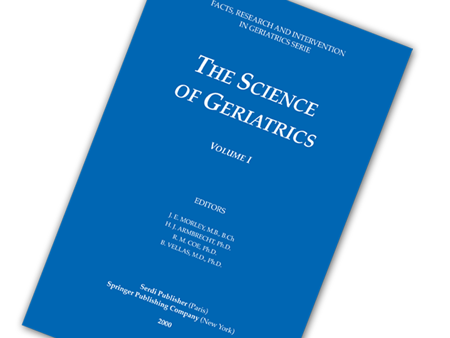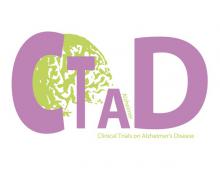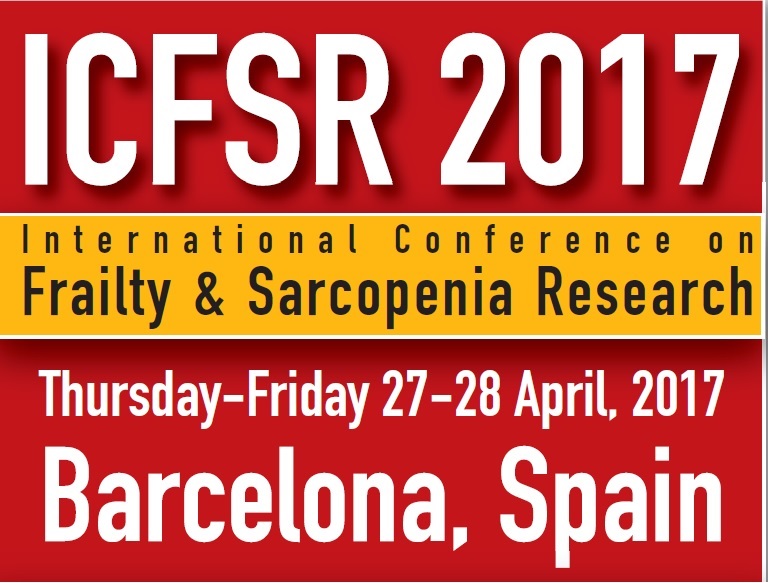The global population of 65-older-people is increasing. These elderly people are mostly living with chronic diseases. The challenge is to improve or preserve the health and quality of life of these people. Current research is focused on identifying individuals who “age faster”. This is necessary to understand the mechanisms, and to find a way to prevent or delay the progression of multi-morbidity associated with age. For this, it is essential to understand how biological mechanisms underlying aging are connecting to each other and can affect aging.
At the beginning of life, compensatory and homeostatic mechanisms work constantly to preserve biochemical balance and prevent functional decline. Then, these mechanisms begin to decrease and damages improved (cumulative damage). There is a large interindividual variability of these mechanisms, which is at the origin of different phenotypes of aging. While a “frail” person is correlated with the reduction of compensatory mechanisms, most of the hallmarks proposed are based on the measurement of damages. However, damages only appear after the loss of the compensatory mechanisms. The authors of this article suggest that the interaction between damage and repair may explain why some people age “faster” than others; in other words: the joint study of damage and compensatory mechanisms is necessary.
Through this work, the researchers summarized the biomarkers of aging, currently available: genomic instability, telomere length, cellular senescence, epigenetics, mitochondrial function, proteostasis, and stem cell exhaustion, deregulated nutrient sensing, and altered intercellular communication.
The presence of somatic DNA mutations during aging suggests that measuring genomic instability may be a biomarker of aging. However, there are not yet reliable and valid tests to quantify this.
Telomeres are shorter with aging, but this is depending on the type of cell studied and it is extremely heterogeneous across individuals. This mechanism is explained by a decrease in telomerase activity. Measuring the enzymatic activity of telomerase in human cells could be informative to measure aging. However, the authors indicate that there is insufficient evidence in the literature to consider the measure of the short telomeres as a mechanism or biomarker of aging. In addition, the clinical relevance of this measure is not clear yet.
Cellular senescence is characterized by the stop of replication and changes in morphology, chromatin organization, expression and secretion of typical biomarkers: p53, p21, β-galactosidase associated with senescence, and SASP. The measurement of cell senescence is easy to do and informative to assess biological aging. This is going to be used soon in research and clinical practice.
Epigenetic modifications such as DNA methylation, histone modification, non-coding RNA, appear during aging. According to various studies, DNA methylation seems to be one of the most robust biomarkers of “biological aging”, and could be used in clinical practice.
Other interesting markers could be from mitochondrial origin: oxidative phosphorylation, P31 MRS, reactive oxygen species (ROS), mitochondrial DNA (mtDNA). The mitochondrial theory of aging suggests that the accumulation of damage in mitochondria and mitochondrial DNA induces aging by reducing energy availability and increasing the production of ROS. To be powerful biomarkers of biological aging, its require careful standardization. Indeed, the blood measurement of these mitochondrial markers can be affected by the cellular state (such as hypoxia).
Repairing cellular damage (damaged macromolecules, organists) is a key process to maintain cellular integrity and cellular functions. The autophagy decreases with age, which leads to the accumulation of damaged proteins. Evaluation of the repair, recycling, and elimination mechanisms of damaged macromolecules could heal to measure biological aging. However, current these methods are not yet conclusive and better methods need to be developed.
Finally, the evaluation of stem cell exhaustion, dysregulation of nutrient sensing, and altered intercellular communication, could also be interesting biomarkers of aging; but more studies are required to characterize them.
None of these markers represents a perfect measure of biological aging. For more relevance, other studies should be done to assess the interactions between the phenomena characterized by these different biomarkers. To achieve these objectives, mechanisms underlying aging must be sudied using a large group of people, sufficiently numerous and dispersed in age, to represent the variability of biological age in the general population. It is essential to study the correlations between the different parameters measured. Indeed, it is necessary to know if the mechanism observed comes from the same process or from an independent evolution of it.
A robust biomarker of biological aging would be helpful to early identify people who age “faster» and in order to prevent “frailty”.
(1) Ferrucci, L. (2019). Measuring biological aging in humans: A quest. Aging Cell. 2019;00:e13080



